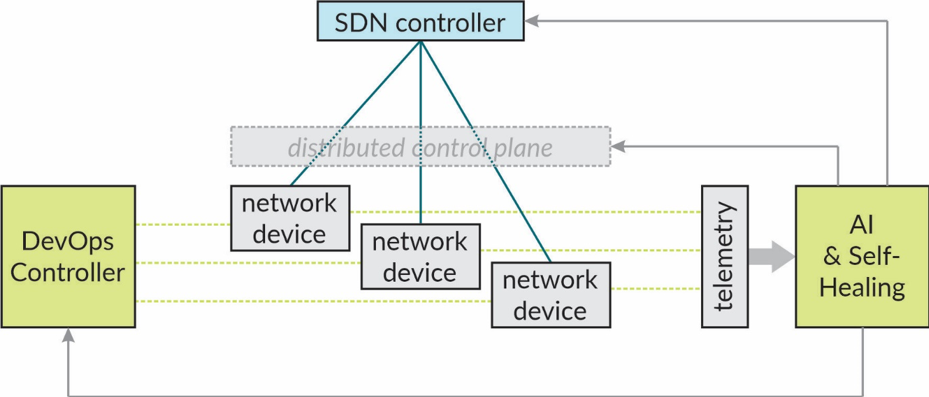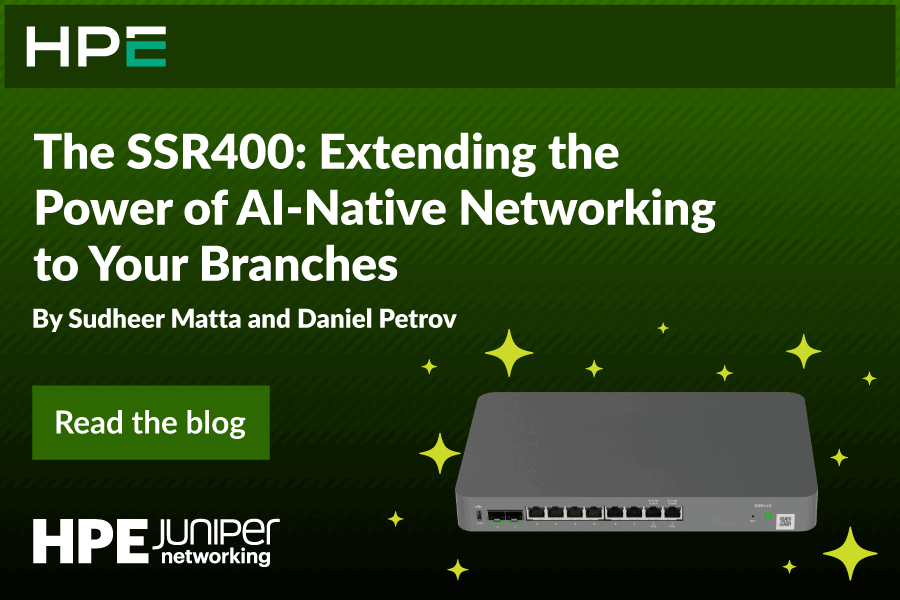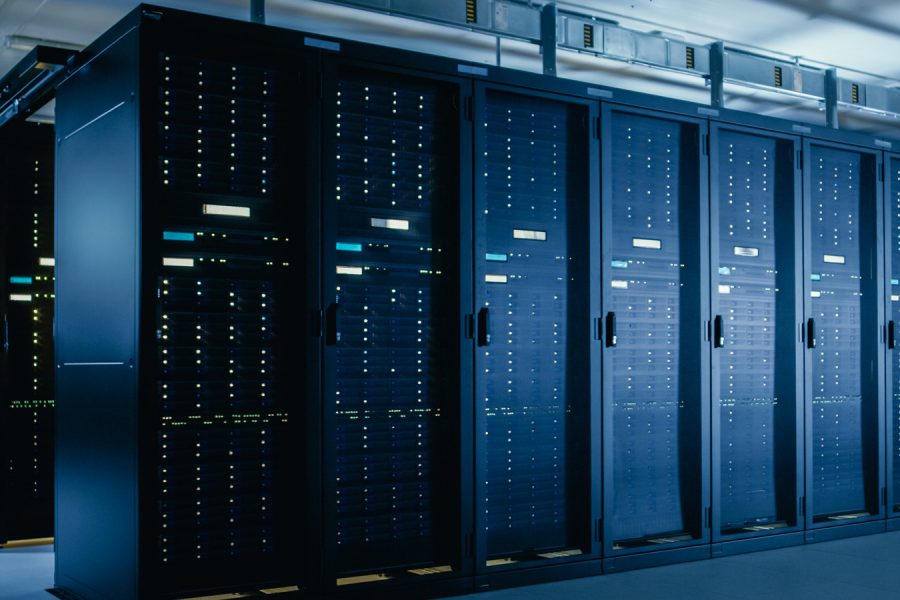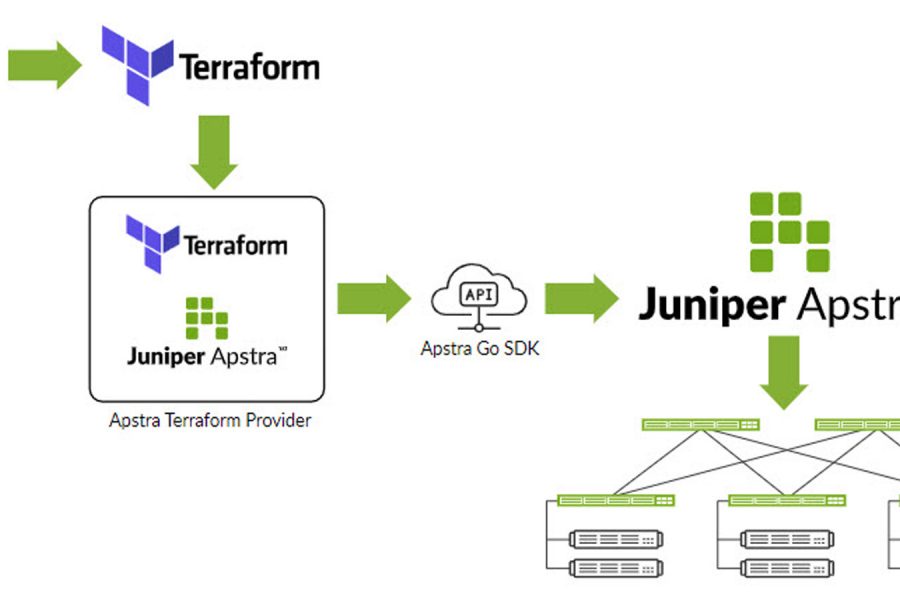According to the recent State of Network Automation Report (SoNAR), 52% of respondents reported they are using Software Defined Networking (SDN) tools to automate their networks, while 57% reported they are using network management tools. The report notes “52% may be slightly exaggerated, depending on how one defines SDN.” Which leads naturally to the question—what is the difference between SDN and DevOps? Additionally, how does AI figure into both or either of these? SDN, DevOps and AI describe separate and overlapping movements in the design, deployment and management of networks. While they are easy to confuse, they have three different origins and meanings.
>SDN grew out of research efforts to build and deploy experimental control planes, either distributed or centralized. However, it quickly became associated with replacing some or all of the functions of a distributed control plane with a centralized controller, particularly in order to centralize policy related to the control plane, such as traffic engineering. SDN solutions always work through a programmatic interface designed to primarily supply forwarding information to network devices.
Development Operations, or DevOps, is a movement away from human-centered interfaces towards machine-centered interfaces for the deployment, operation and troubleshooting of networks. DevOps is centered on the deployment, configuration and management of the entire device, rather than providing the information required to forward traffic. DevOps can either use a programmatic interface, such as YANG, or “screen scraping,” to configure and manage network devices.
Finally, Artificial Intelligence, or AI, in the context of computer networks, is focused on the use of data gathered from the network to improve operations. Examples of this can be seen in the form of decreasing the time required to troubleshoot a problem, or making the network adapt more quickly to shifting application and business requirements. AI, applied to networks, is narrow in scope, so it is Artificial Narrow Intelligence, or ANI. Real implementations of AI in the networking field are often applications of Machine Learning, or ML. While these two terms are often used interchangeably, they are not quite the same thing.
The following illustration will be useful in understanding the relationship between these three concepts.

In the figure, the SDN and DevOps controllers interact with two different aspects of the network devices forwarding traffic; both SDN and DevOps can be deployed in the same network to solve different problems. For instance, DevOps might be used to configure network devices to reach the SDN controller so they can receive the information they need to forward packets. Or the DevOps system might be used to configure a distributed control plane, such as IS-IS, on all the network devices, and also to configure a centralized controller which can override the local decisions of the distribute routing protocol for traffic engineering.
There are some situations where the difference between SDN and DevOps solutions is not obvious. The most common example is DevOps being used to configure routing information on each network device, performing the same function as an SDN controller. In this case, what is the difference?
First, an SDN solution is intended specifically to replace the distributed control plane, rather than to configure the entire device. Second, the configurations pushed to a device through DevOps is normally persistent. If a device reboots, the configuration pushed through DevOps will be loaded and enabled, impacting the operation of the device. In contrast, any information pushed to a device through an SDN controller would normally be ephemeral: when the device is rebooted, information pushed by the SDN controller will be lost.
Finally, AI and self-healing are shown on the right side of this diagram as a way to turn telemetry into actionable input for either the DevOps or the SDN system. The ability of ML networks to find and recognize patterns in streams of data means it is perfectly suited to find new patterns of network behavior and alert an operator, or to match current conditions to the past, anticipating future failures or finding an otherwise unnoticed problem.
While SDN, DevOps and AI overlap, they serve different purposes in the realm of network engineering and operations. There are many areas of overlap, but they are also different enough to argue the three terms should be cleanly separated, with each adding a different kind of value to the overall system.
To learn about key trends in automation, take a look at the 2019 State of Network Automation Report.

























